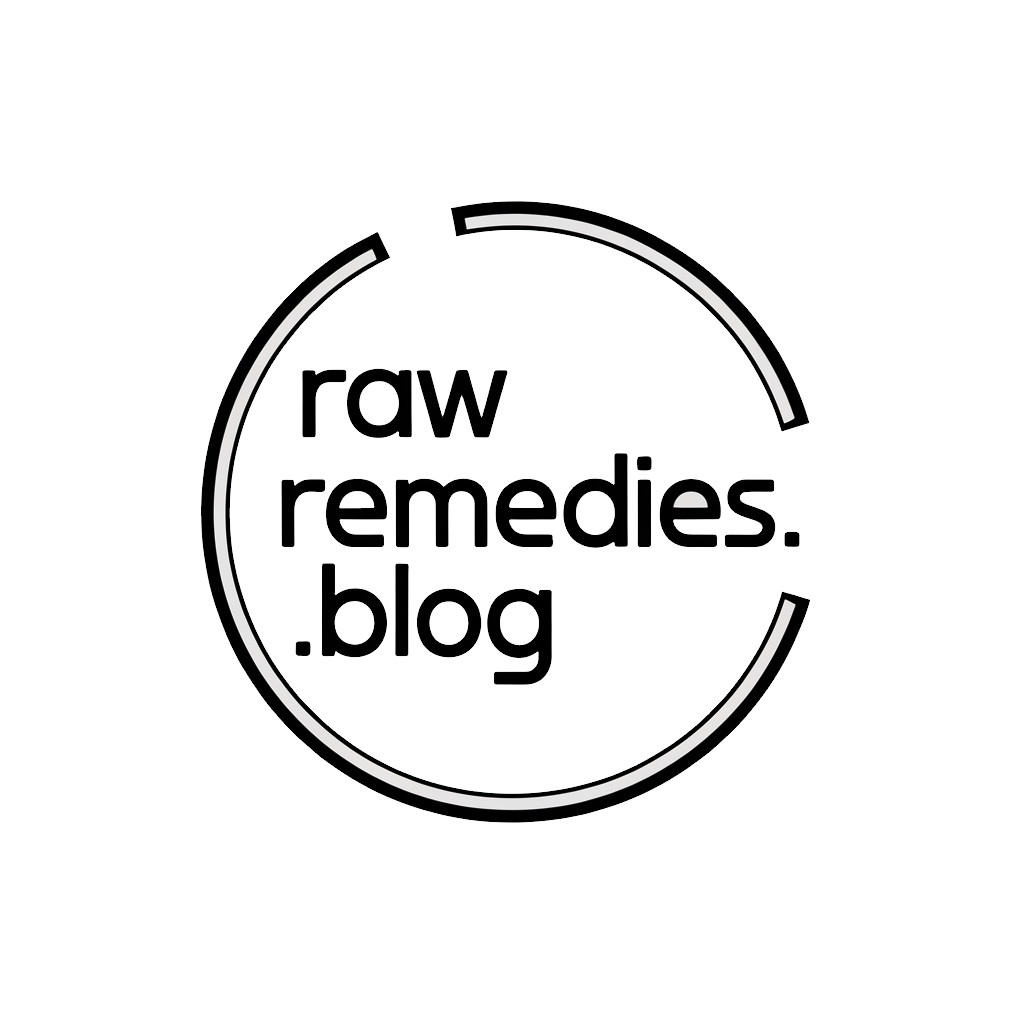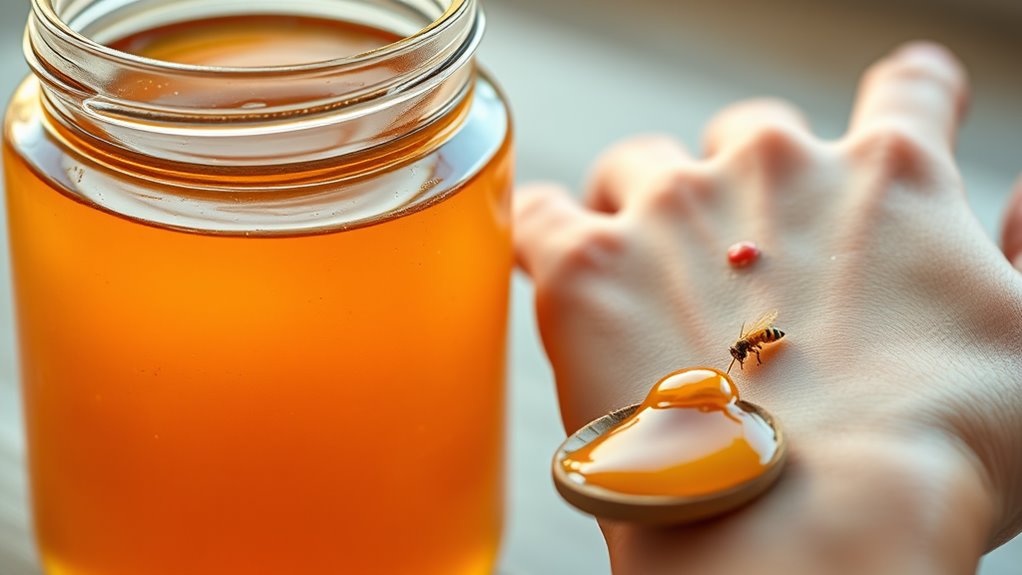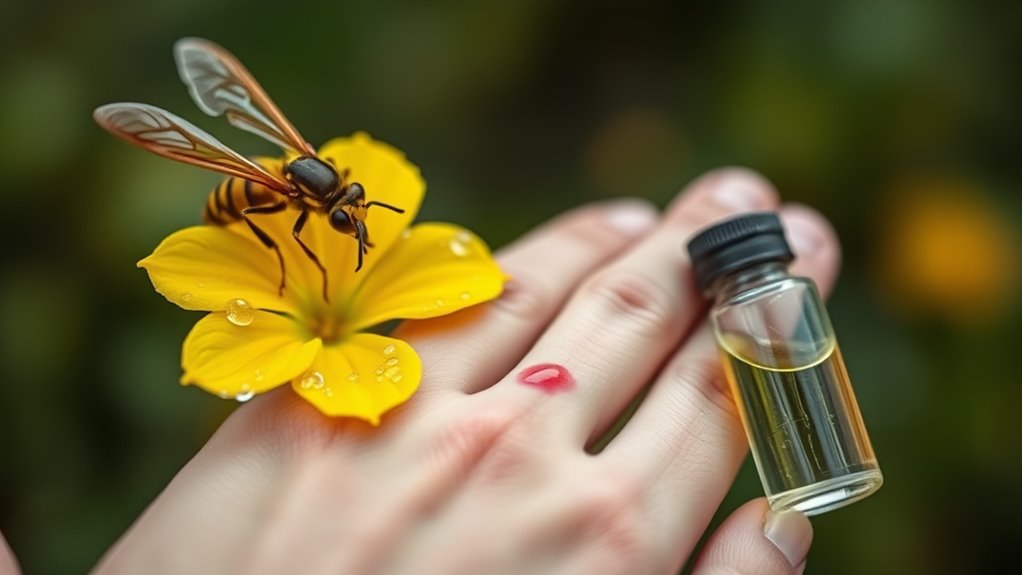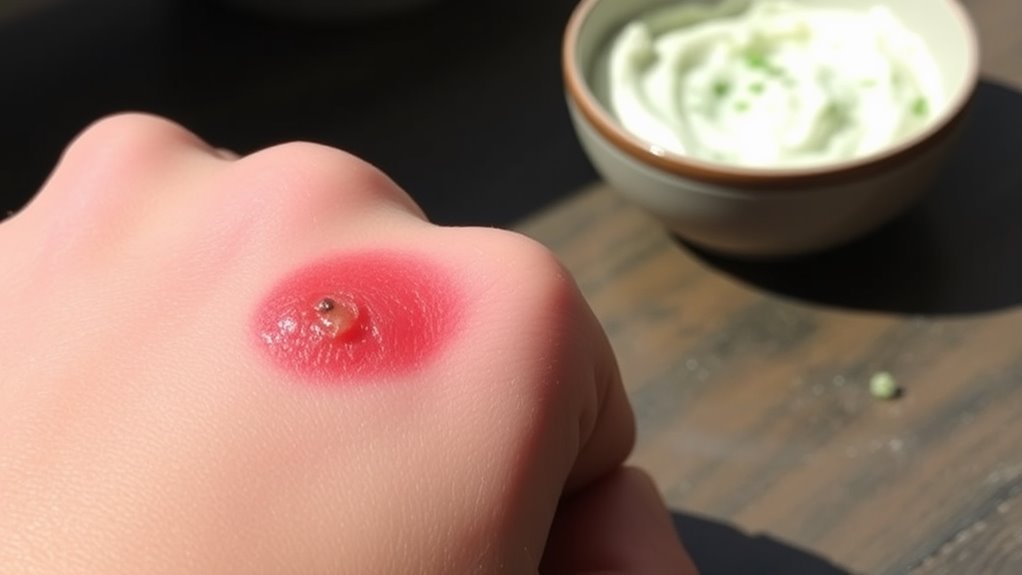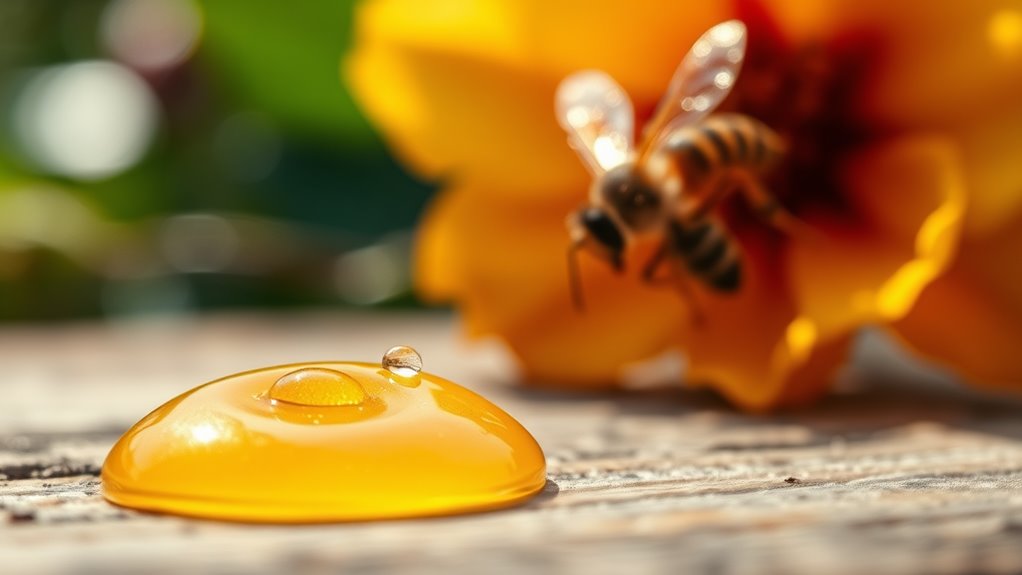Wasp Sting. This Kitchen Ingredient Eases the Pain in Seconds!
When you get stung by a wasp, the pain can be sharp and overwhelming. You might be surprised to learn that a common kitchen ingredient can provide instant relief. Baking soda, known for its versatility, plays a crucial role in easing the discomfort of wasp stings. Curious about how this simple remedy works and how to use it effectively? Let’s explore the benefits of baking soda and how it can help you feel better fast.
Understanding Wasp Stings and Their Effects
Wasp stings can be surprisingly painful and often lead to a range of discomforting effects. You might experience swelling, redness, or itching around the sting site, making it tough to focus on anything else.
It’s essential to understand that your body reacts differently, and some folks may have allergic reactions that require immediate attention.
To ease the pain, many people turn to home remedies for wasp sting relief. A simple solution could be applying a cold compress or using natural ingredients like vinegar or honey, which can soothe irritation. Apple cider vinegar is particularly effective due to its ability to neutralize the venom.
You’re not alone in seeking relief; many find comfort in these methods. Remember, it’s all about finding what works best for you and sharing that knowledge with others in your circle.
The Role of Baking Soda in Pain Relief
When you’re dealing with the pain of a wasp sting, baking soda can be a surprisingly effective remedy. This common kitchen ingredient works wonders by neutralizing the acidity of the venom, which helps reduce inflammation and soothe your skin.
You mightn’t realize it, but many people in your community have turned to baking soda for quick relief, making it a trusted go-to for stings and bites. It’s not just about easing pain; it’s about finding simple solutions that connect us. Additionally, creating a paste with common household ingredients can enhance its effectiveness in providing immediate relief.
How to Create a Baking Soda Paste
Creating a baking soda paste is quick and easy, requiring just two simple ingredients: baking soda and water.
Start by grabbing a small bowl and measuring out about two tablespoons of baking soda. Then, add just enough water—around one tablespoon—to create a thick but spreadable mixture. You want it to have a paste-like consistency, so adjust the water as needed. This paste works effectively because baking soda creates an effective alkaline paste that neutralizes wasp venom.
Once you’ve mixed it well, you’ll have a soothing remedy ready to go. This simple solution not only connects you with a time-tested home remedy but also helps you feel empowered in managing discomfort.
Applying the Baking Soda Paste for Maximum Relief
To experience maximum relief from a wasp sting, apply the baking soda paste directly to the affected area as soon as possible.
Gently spread the paste over the sting site, ensuring it covers the entire area. This will help neutralize the venom and reduce swelling. You’ll want to leave it on for about 15-20 minutes.
While it works, take a moment to relax and breathe deeply, knowing you’re taking action to ease your discomfort. When the time’s up, rinse it off with cool water.
You’ll likely feel a noticeable difference, and that’s a reassuring feeling! Remember, you’re not alone in this; many people turn to this simple remedy for quick relief.
Enjoy the comfort it brings!
Additional Tips for Wasp Sting Care
Although you’ve taken steps to relieve the pain, there are additional measures you can take to ensure your recovery from a wasp sting goes smoothly.
First, keep the affected area clean and avoid scratching; this helps prevent infection. Applying a cold compress can reduce swelling and provide comfort.
You might also consider taking an over-the-counter antihistamine to help with itching and irritation. Staying hydrated is essential, so drink plenty of water.
If you notice any severe reactions like difficulty breathing or swelling beyond the sting site, don’t hesitate to seek medical help.
 Scroll to the bottom and click on the next page number
Scroll to the bottom and click on the next page number  to continue reading!
to continue reading! 